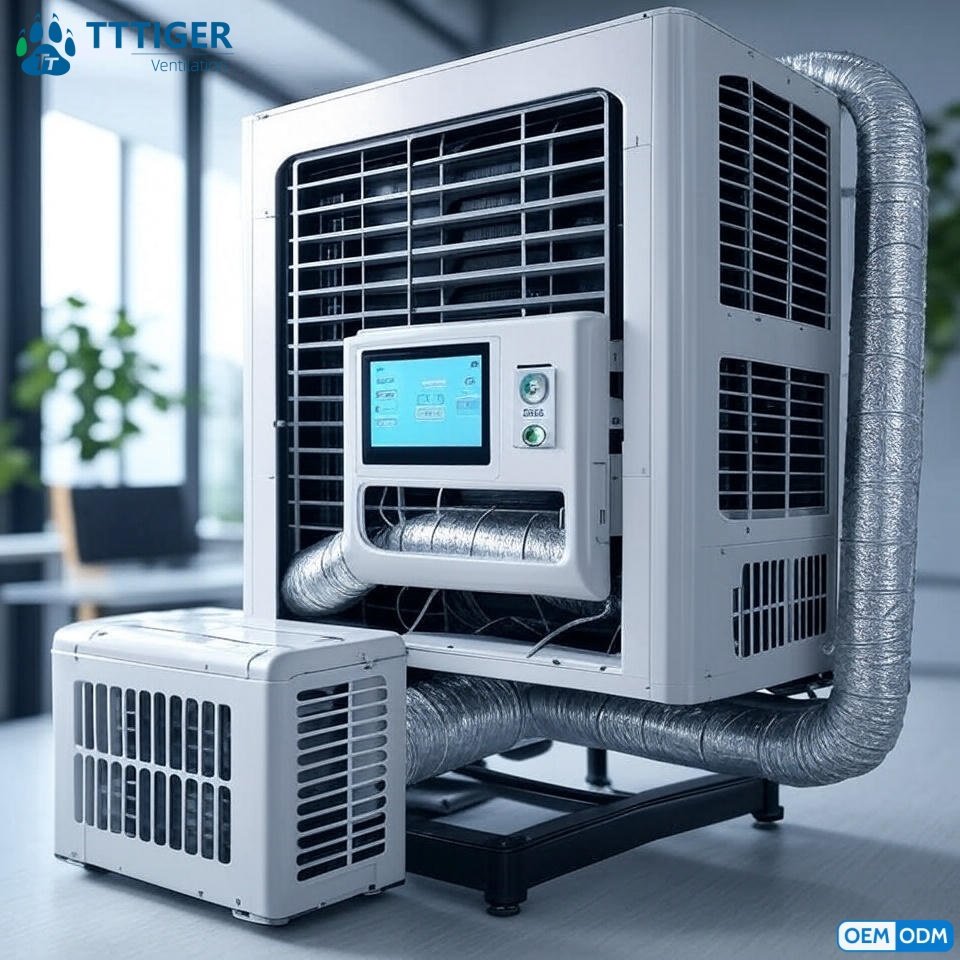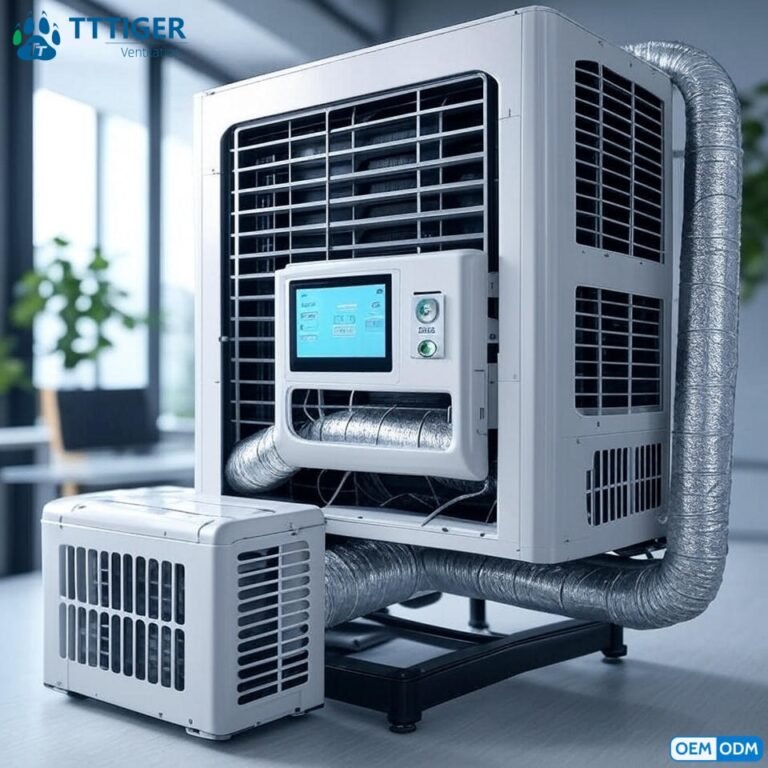
Ventilation 101: Why It's Crucial for Your Home's Health & How to Improve It
Introduction
When we think about a healthy home, we often focus on visible cleanliness or the materials we use. However, one of the most critical factors is invisible: the air we breathe. Proper ventilation is the unsung hero of a comfortable, safe, and energy-efficient living space. It’s the deliberate process of supplying fresh outdoor air while removing stale, polluted indoor air. This guide will explore why home ventilation is non-negotiable, the different types of ventilation systems, and how you can achieve better indoor air quality today.
What is Ventilation? Understanding the Basics
At its core, ventilation is the exchange of air. Without it, indoor pollutants—from cooking fumes and cleaning products to excess moisture and carbon dioxide—become trapped and concentrated. Effective house ventilation controls humidity, reduces allergens, removes odors, and ensures a constant supply of oxygen. It’s a fundamental principle of healthy building design.
Why is Good Ventilation So Important? The Key Benefits
Investing in good ventilation pays dividends for your health, your home, and your wallet.
Improves Indoor Air Quality (IAQ): This is the most significant benefit. Ventilation dilutes and removes airborne contaminants, including volatile organic compounds (VOCs), dust mites, mold spores, and bacteria. This is crucial for preventing sick building syndrome.
Controls Humidity and Prevents Mold: Excess moisture from showers, cooking, and even breathing leads to condensation. This damp environment is the perfect breeding ground for mold and mildew, which can cause structural damage and trigger respiratory issues like asthma and allergies. A good ventilation system is your first line of defense.
Enhances Health and Comfort: Stale air is heavy with carbon dioxide, which can cause drowsiness, headaches, and poor concentration. Fresh, oxygen-rich air boosts cognitive function, improves sleep quality, and creates a more comfortable and productive living environment.
Increases Energy Efficiency: Modern energy recovery ventilation (ERV) and heat recovery ventilation (HRV) systems capture energy from the outgoing stale air and use it to temper the incoming fresh air. This reduces the load on your HVAC system, lowering your heating and cooling bills.
Types of Ventilation Systems: Which is Right for Your Home?
There are three primary methods to ventilate a home:
Natural Ventilation: The oldest form, relying on windows, doors, vents, and other passive openings to allow air to flow. While simple and cost-effective, it’s unreliable and inefficient in extreme weather or highly polluted areas.
Spot Ventilation: This involves using localized exhaust fans to remove pollution and moisture at the source. Bathroom exhaust fans and kitchen range hoods are classic examples. They are highly effective for specific tasks but don’t provide whole-house air exchange.
Whole-House Mechanical Ventilation: This is the most effective and controlled solution for modern, airtight homes. A system of fans and ducts provides consistent, uniform ventilation throughout the entire building. The main types are:
Exhaust Ventilation Systems: Simple systems that depressurize your home by expelling indoor air.
Supply Ventilation Systems: Systems that pressurize your home by bringing fresh outdoor air in.
Balanced Ventilation Systems: The gold standard. These systems, including HRV and ERV, simultaneously exhaust stale air and supply fresh air in equal amounts, balancing pressure and improving efficiency.
Signs Your Home Has Poor Ventilation
How can you tell if your ventilation is inadequate? Look for these red flags:
Persistent condensation on windows
A musty or stale odor
Visible mold growth on walls, ceilings, or around windows
High humidity levels that feel clammy
Lingering cooking smells
Excessive dust accumulation
7 Practical Tips to Improve Your Home’s Ventilation
You don’t always need a major renovation to make a difference.
Use Your Exhaust Fans: Always turn on the bathroom fan during and for at least 20 minutes after a shower. Use your kitchen range hood every time you cook.
Open Windows Strategically: Create cross-ventilation by opening windows on opposite sides of your home to encourage air movement.
Service Your HVAC System: Change your filters regularly (every 1-3 months) and ensure your HVAC ducts are clean to maintain optimal airflow.
Consider an Air Purifier: While not a replacement for ventilation, a good air purifier with a HEPA filter can remove particulate matter from the air.
Use Fans: Ceiling fans and portable fans help circulate air, preventing it from becoming stagnant.
Vent Appliances Properly: Ensure clothes dryers, gas furnaces, and water heaters are vented directly to the outdoors.
Conclusion: Breathe Easy with Better Ventilation
Ventilation is not a luxury; it’s a necessity for maintaining a healthy, durable, and comfortable home. By understanding its importance and taking steps—whether small daily habits or investing in a new system—you can significantly improve your indoor air quality and overall well-being. Start assessing your home’s ventilation today and take a deep breath of fresh, clean air tomorrow.

